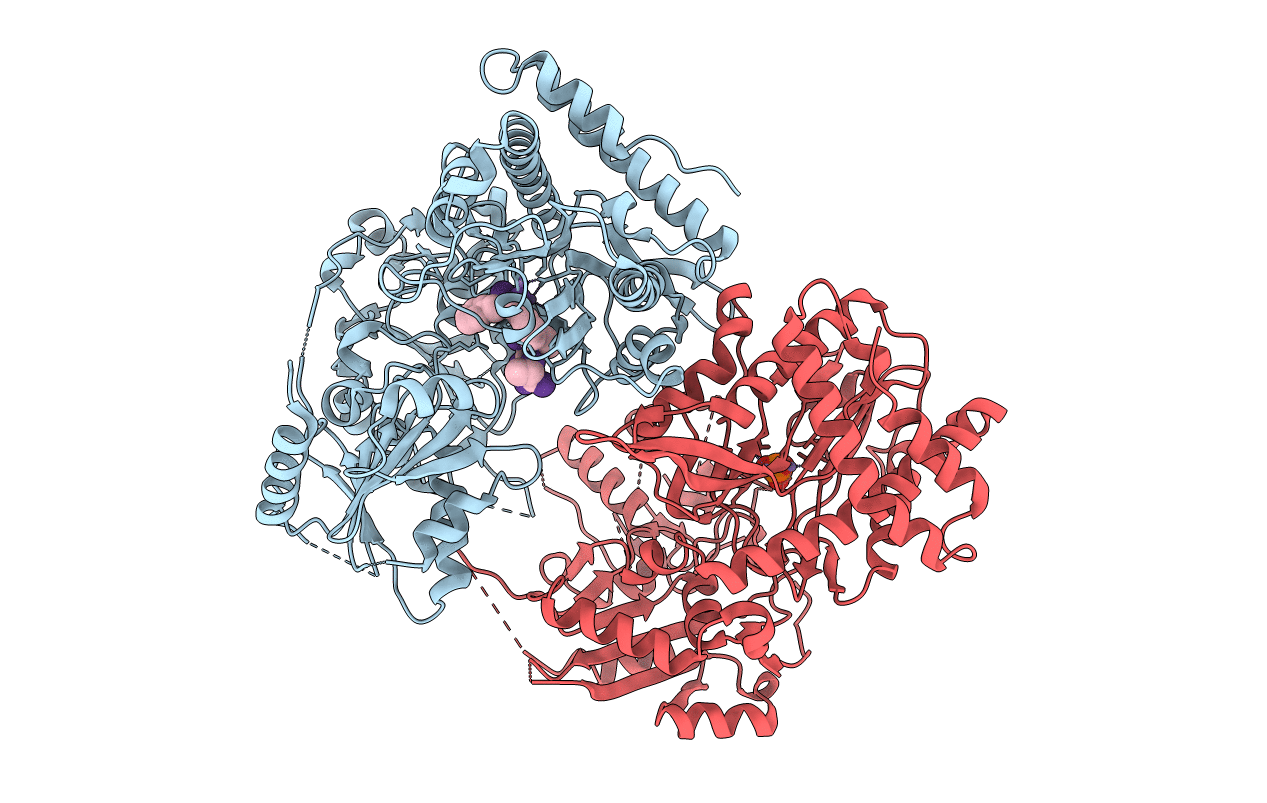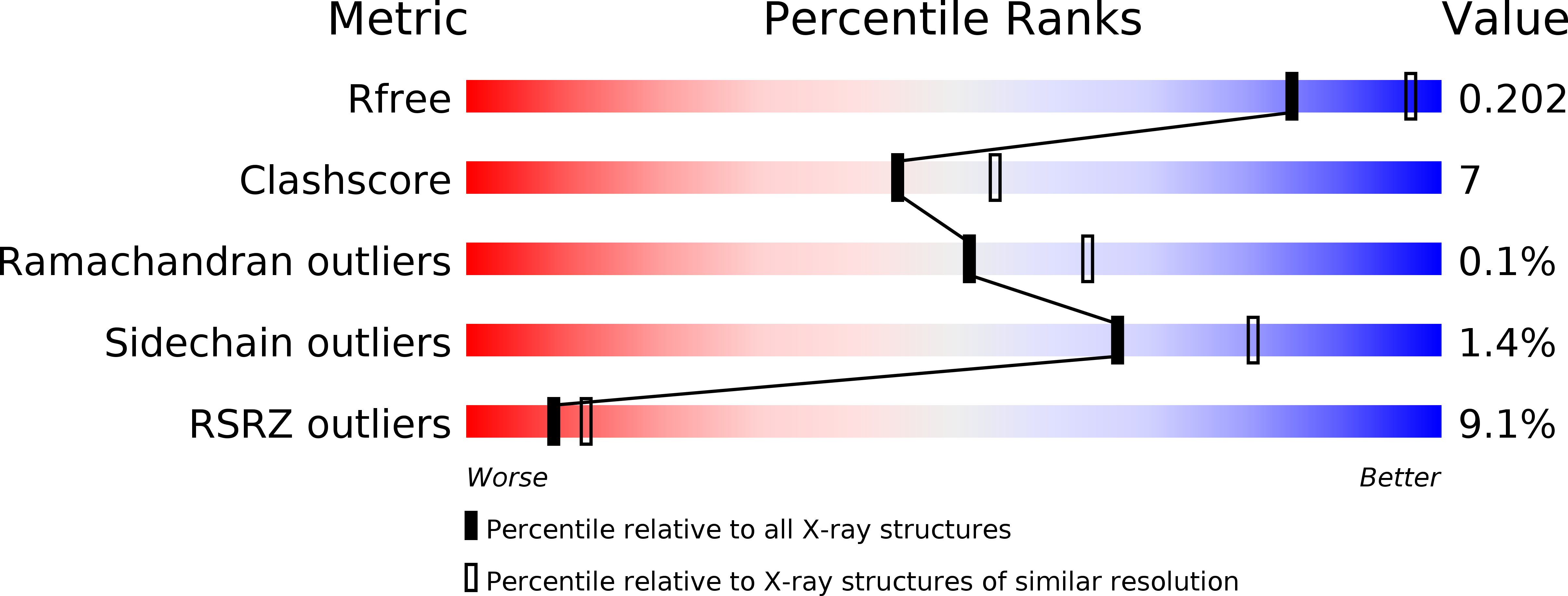
Deposition Date
2016-05-05
Release Date
2016-08-31
Last Version Date
2023-11-15
Entry Detail
PDB ID:
5JR6
Keywords:
Title:
The Xray Crystal Structure of P. falciparum Aminopeptidase P in Complex With Apstatin
Biological Source:
Source Organism:
Plasmodium falciparum (isolate 3D7) (Taxon ID: 36329)
synthetic construct (Taxon ID: 32630)
synthetic construct (Taxon ID: 32630)
Host Organism:
Method Details:
Experimental Method:
Resolution:
2.30 Å
R-Value Free:
0.24
R-Value Work:
0.19
R-Value Observed:
0.19
Space Group:
C 1 2 1


